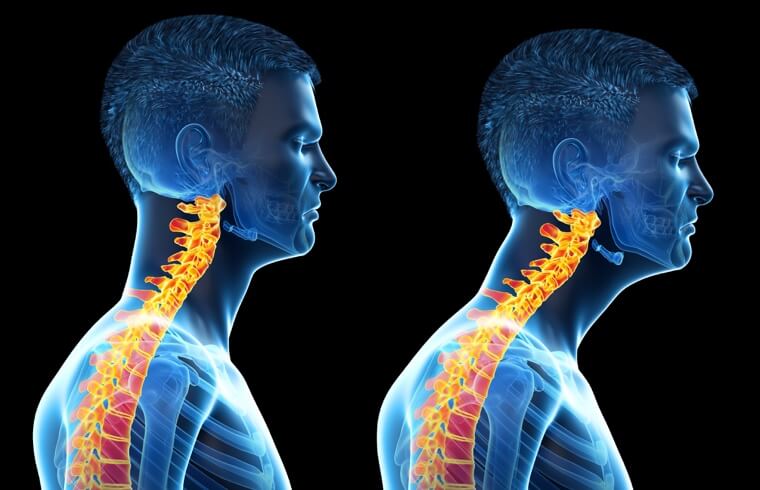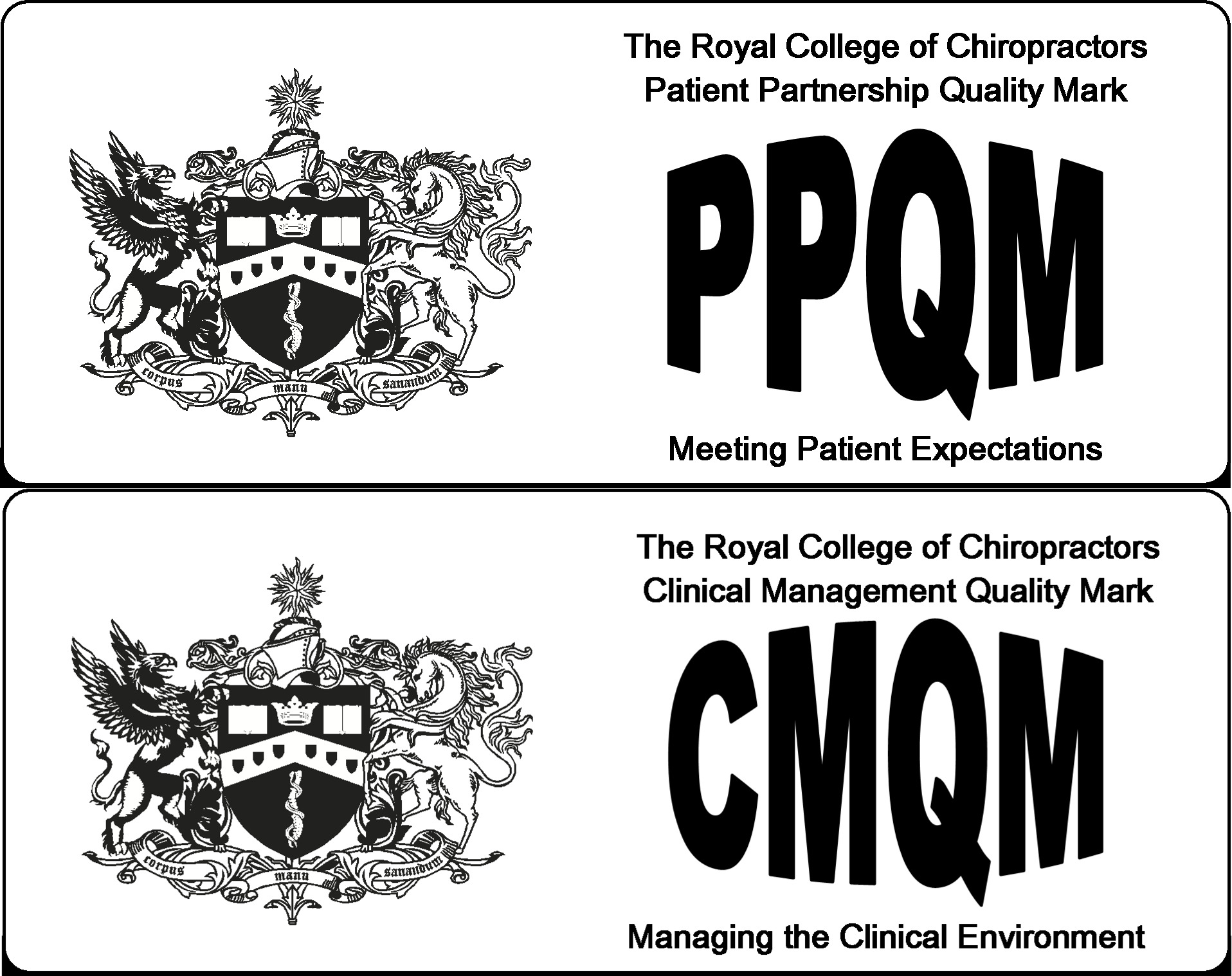Chiropractic care is far from a one-size-fits-all approach. In this guide, we embark on a journey through the different chiropractic methods that form the art of chiropractic. From traditional spinal manipulations to advanced low-force methods, each technique brings its own unique benefits to the table.
Spinal Manipulation: Ancient Roots and Modern Healing
Spinal manipulation, tracing its roots back to ancient practices, involves the manual adjustment of the spine to correct misalignments. With origins linked to Hippocrates, this technique gained recognition in the late 19th century with the establishment of chiropractic care. It aims to improve the functionality of the nervous system and has proven effective for conditions like lower back pain, neck pain, and headaches. The practitioner uses hands or specialised tools to apply controlled force, restoring proper alignment and enhancing overall well-being.
Table of Content
- Spinal Manipulation: Ancient Roots and Modern Healing
- Activator Method: Precision in Chiropractic Adjustments
- Webster Technique: Nurturing Pregnancy Through Balance
- Chiropractic Biophysics (CBP): Aiming for Long-Term Spinal Health
- Flexion-Distraction Technique: Gentle Approach for Disc Issues
- Network Spinal Analysis (NSA): Bridging Body and Mind Connection
- Diversified Technique: Versatile Adjustments for Individual Needs
- Thompson Technique: Precision with Drop Table Enhancement
- Amersham Chiropractic Clinic: Fusing Expertise with Personalized Care
- Conclusion
Experience the Benefits of Chiropractic Care Today
Activator Method: Precision in Chiropractic Adjustments
The Activator Method, developed in the 1960s by Dr. Arlan Fuhr, stands out for its precision and gentleness. It employs a handheld instrument, the activator, to deliver controlled, low-force adjustments. This method is particularly beneficial for patients seeking a more subtle approach to chiropractic care. Research indicates its effectiveness in treating migraines, neck pain, and lower back pain. The activator allows for targeted adjustments, providing a unique alternative to traditional manual techniques.
Webster Technique: Nurturing Pregnancy Through Balance
Introduced by Dr. Larry Webster in the 1970s, the Webster Technique addresses the unique needs of pregnant women. Focusing on pelvic balance, it aims to create a favourable environment for the baby and facilitate a smoother delivery process. This technique is widely used during pregnancy to alleviate discomfort associated with pelvic misalignment. Studies have demonstrated its positive impact, including reduced labour times and decreased pain during delivery.
Chiropractic Biophysics (CBP): Aiming for Long-Term Spinal Health
Chiropractic Biophysics (CBP), emerging in the 1980s, takes a comprehensive approach to spinal health. This evidence-based technique focuses on correcting spinal misalignments to improve posture and overall well-being. Practitioners use a combination of exercises, spinal adjustments, and specialised equipment to achieve long-term benefits. CBP has shown effectiveness in reducing thoracic hyperkyphosis and enhancing spinal alignment.
Flexion-Distraction Technique: Gentle Approach for Disc Issues
Developed by Dr. James M. Cox in the 1960s, the Flexion-Distraction Technique is tailored for patients with disc-related issues, such as lumbar spinal stenosis. This gentle and repetitive method involves the use of a specialised table that allows controlled flexion and distraction of the spine. It is particularly effective in decompressing spinal discs, reducing nerve impingement, and providing relief for conditions causing lower back pain.
Network Spinal Analysis (NSA): Bridging Body and Mind Connection
Introduced by Dr. Donald Epstein in the 1980s, Network Spinal Analysis (NSA) explores the intricate connection between the nervous system and overall well-being. Unlike traditional chiropractic methods, NSA focuses on enhancing self-awareness and promoting the body’s ability to self-heal. Practitioners use light touches along the spine to cue the nervous system, encouraging the release of tension and promoting a mind-body connection.
Diversified Technique: Versatile Adjustments for Individual Needs
Rooted in early chiropractic care, the Diversified Technique is a versatile method used for a wide range of musculoskeletal conditions. Chiropractors employing this technique adapt adjustments based on the individual patient’s needs. The practitioner uses a combination of manual thrusts, or adjustments, to correct misalignments and restore joint function. Patients often experience a sense of relief and improved mobility with this adaptable and personalised approach.
Thompson Technique: Precision with Drop Table Enhancement
Developed by Dr. J. Clay Thompson in the 1950s, the Thompson Technique utilised a specialised drop table to enhance the precision and comfort of spinal adjustments. The drop table features sections that release, or drop, when pressure is applied. This allows for a controlled adjustment with less force, making it a preferred method for patients seeking a more gentle approach. While specific statistics may be limited, the Thompson Technique is known for its comfort and efficacy in addressing a range of spinal issues.
Amersham Chiropractic Clinic: Fusing Expertise with Personalized Care
At Amersham Chiropractic Clinic, a fusion of diverse chiropractic techniques ensures a personalised approach to meet each patient’s unique needs. The experienced team leverages evidence-based practices, seamlessly integrating different chiropractic methods for holistic and effective care. This comprehensive approach aims not only to alleviate symptoms but also to address the underlying causes of musculoskeletal issues, promoting long-term health and well-being.
Conclusion
As we conclude our journey through the diverse world of chiropractic care, one thing becomes clear – there’s an art to finding the right technique for each individual. Amersham Chiropractic Clinic, with its commitment to excellence, is ready to guide you on your path to optimal health. Whether you’re seeking relief from pain or aiming for long-term wellness, the art of chiropractic has something to offer. So take the first step toward a healthier, pain-free life with our treatments like spinal manipulation near you today. Visit our website to learn more.
FAQs
Is chiropractic care effective for issues beyond just back pain?
Absolutely. Chiropractic care has shown effectiveness in addressing various conditions, including headaches, migraines, and even pregnancy-related discomfort.
Can these methods be utilised by individuals of all ages and conditions?
Yes, chiropractic techniques can be adapted to suit individuals of all ages and health conditions. The chiropractor will customise the approach to match your particular requirements.
How quickly can I anticipate noticing improvements from chiropractic treatment?
Results vary, but many patients report improvement after just a few sessions. Long-term benefits often become more apparent with consistent care.
Is chiropractic care safe during pregnancy?
Yes, when performed by a trained professional, chiropractic care, including the Webster Technique, is considered safe and beneficial during pregnancy.
Are these methods covered by insurance?
Many insurance plans cover chiropractic care. It’s recommended to consult with your provider to grasp the scope of coverage.
Can chiropractic care prevent future health issues?
Consistent chiropractic care has shown an association with enhanced overall health and wellness, potentially averting future problems by tackling underlying imbalances.
What is the recommended frequency for visits to a chiropractor?
How often you should drop by really comes down to your personal needs and the game plan your chiropractor suggests.
Is chiropractic care only for those experiencing pain?
No, chiropractic care is not solely for pain relief. It can also enhance overall wellness, improve mobility, and prevent future health issues.





